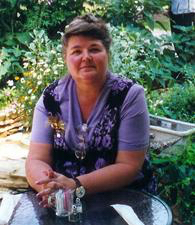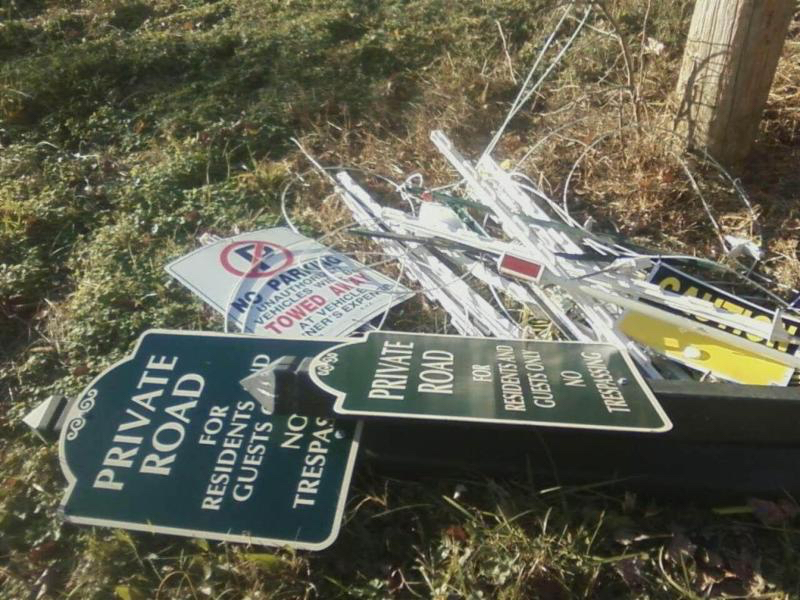
We have become a very transient society. I was quite surprised when I first came to the US that one of the first questions we ask someone we meet is, “where are you from?” Our roots have become spread across the globe, leaving behind our friends, families, neighbors, traditions, language, culture and all the other things that are part of who we are. It hasn’t always been that way. There was a time when families lived in the same community and were there for all the milestones. Family lore and history were well known, pride of our ancestors and their accomplishments and legacies were all part of our every day lives. We had a stronger sense of who we were and where we came from.
Sylvia Hoehns Wright joins us On The Commons. Sylvia is one of a handful of people who knows who she is and where she came from. She is the 5th generation to live on a family owned tract of land. There are 9 houses in her neighborhood all owned and inhabited by family who all share the same roots and values. There is no mandatory membership homeowner association so no abuses, horror stories or attempted land grabs that we talk about here. Right? Well, not so fast. A couple of parcels of land were sold and the new owners who don’t share Sylvia’s history, values or traditions would love to be able to get her off her land. She has written a book called Lawfare, American Property Rights versus Muslim Supremacy Tune in to hear Sylvia’s story.


The photo-voltaic panels collect direct sunlight, convert it
into electric power, and store it in battery cells somewhere inside home.
Many of the free energy generators have been built worldwide
by people that rely on them to drastically reduce their
energy bills and even completely get rid of them according to the scale of implementation. * Dimethylaminoethanol DMAE is related to choline which is a biochemical precursor for the neurotransmitter acetylcholine.
Insect pests of the pomegranate can include the pomegranate butterfly Virachola isocrates and the leaf-footed bug Leptoglossus zonatus, and fruit flies and ants are attracted to unharvested ripe fruit.[17] Pomegranate grows easily from seed, but is commonly propagated from 25 to 50 cm (10 to 20 in) hardwood cuttings to avoid the genetic variation of seedlings. Air layering is also an option for propagation, but grafting fails.